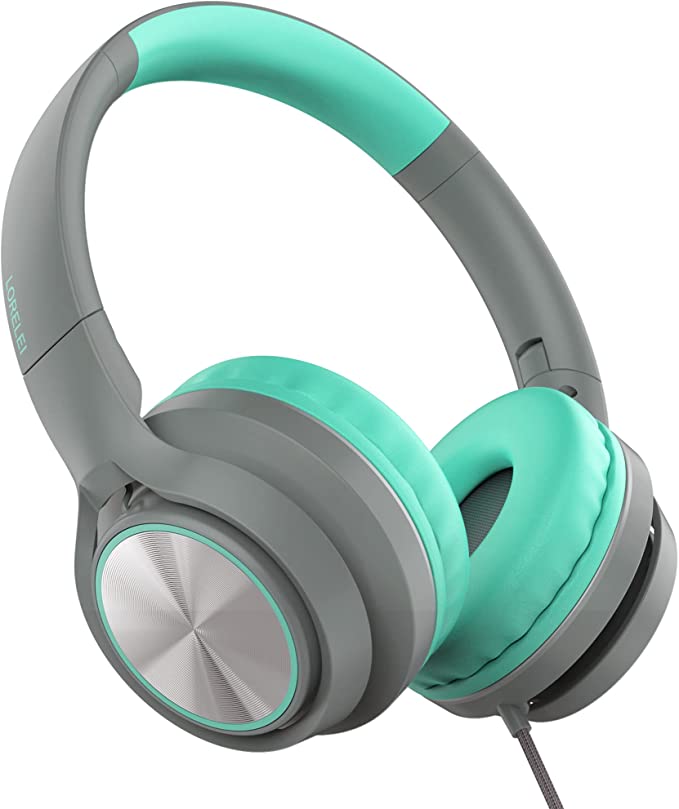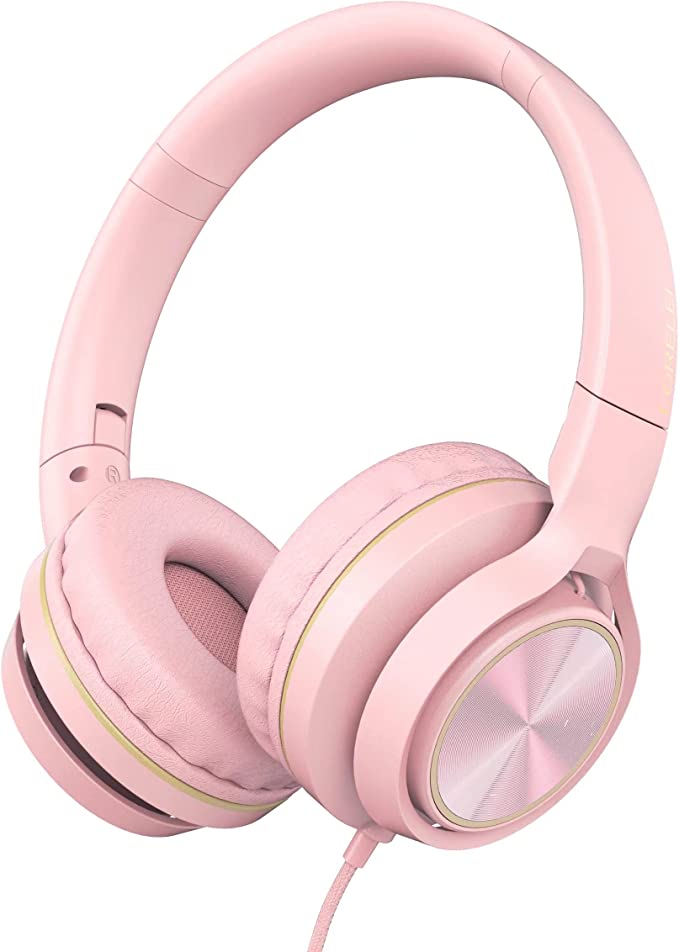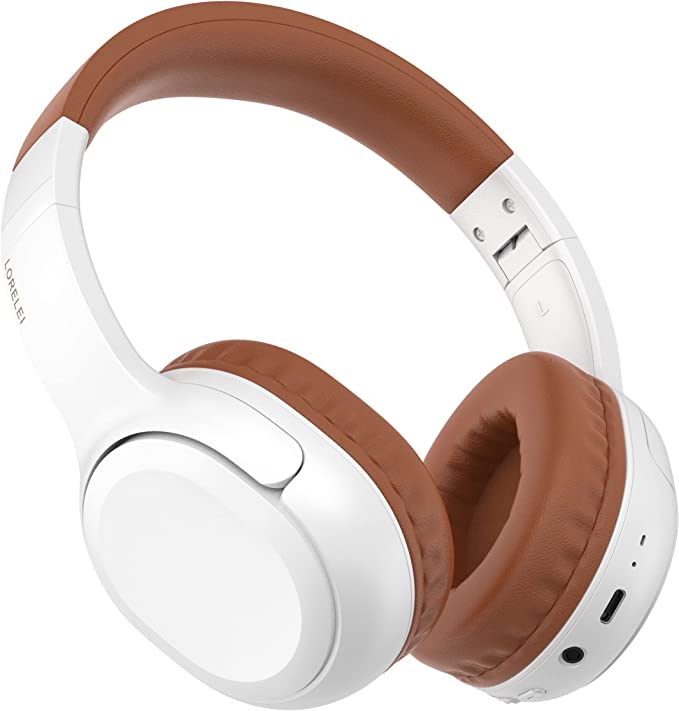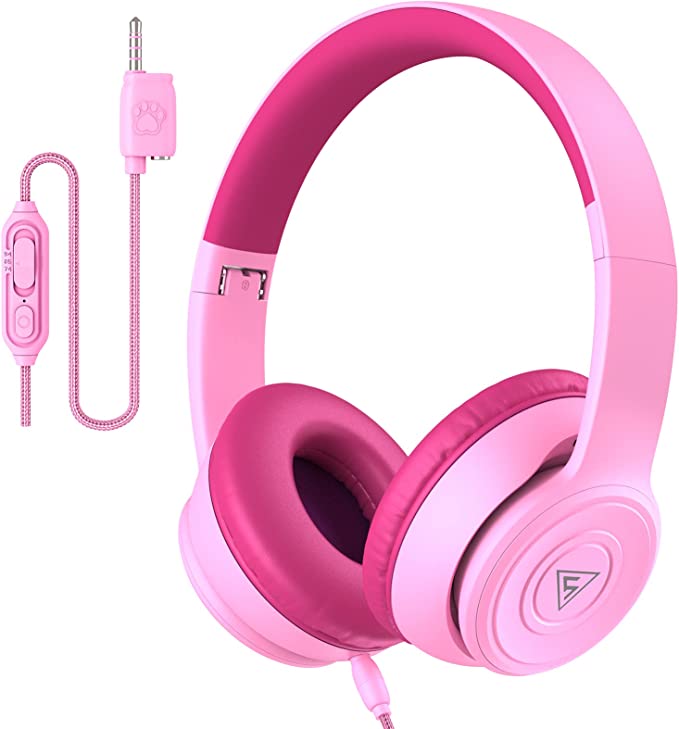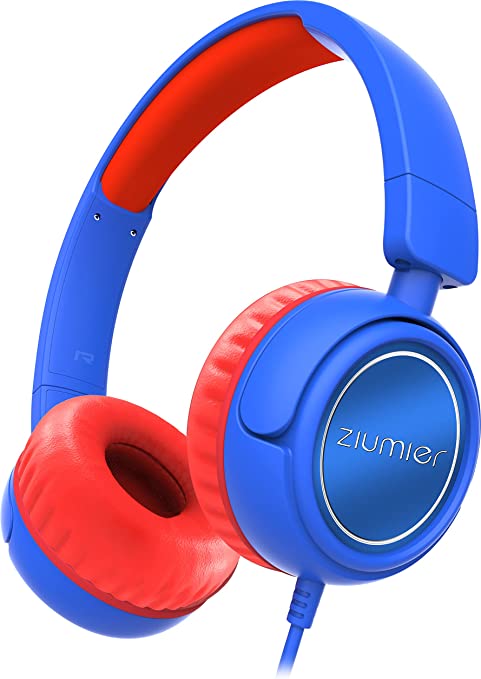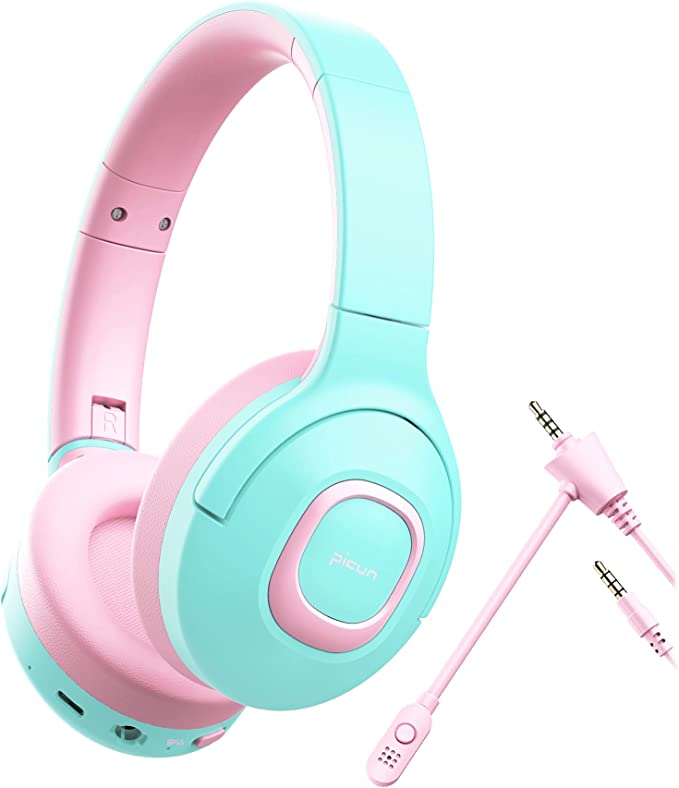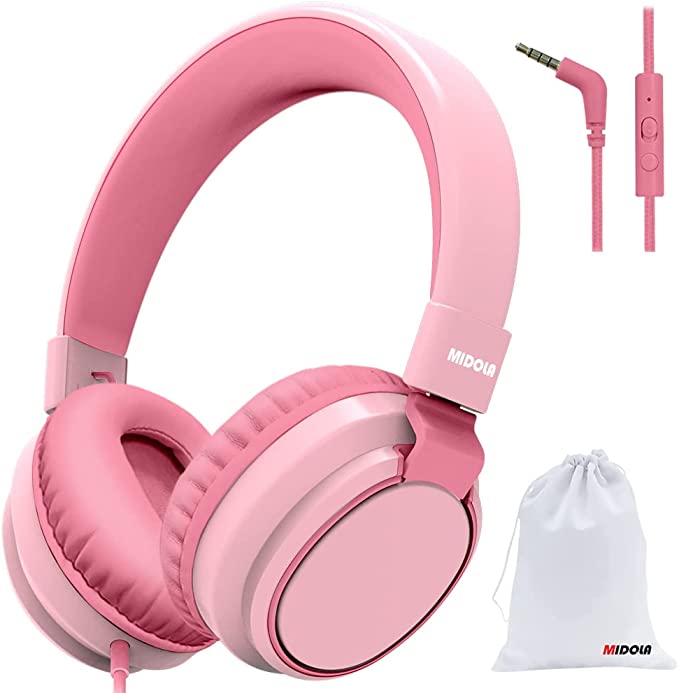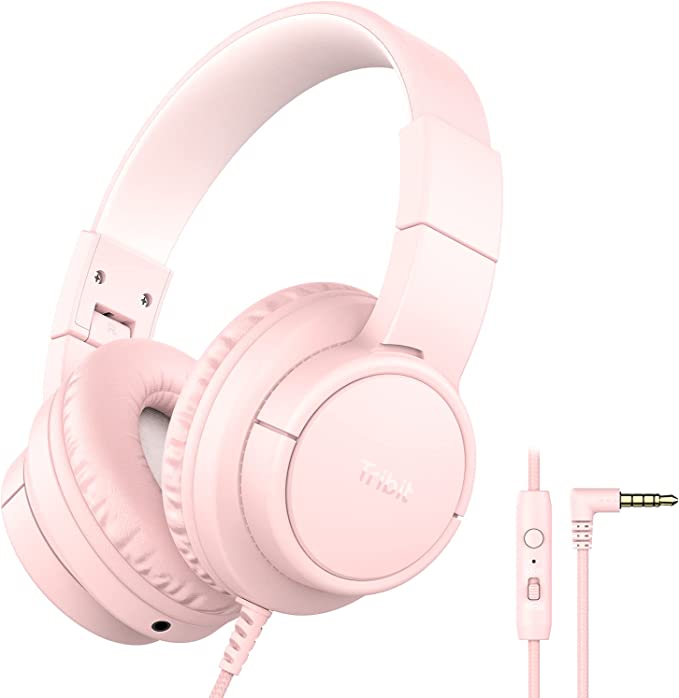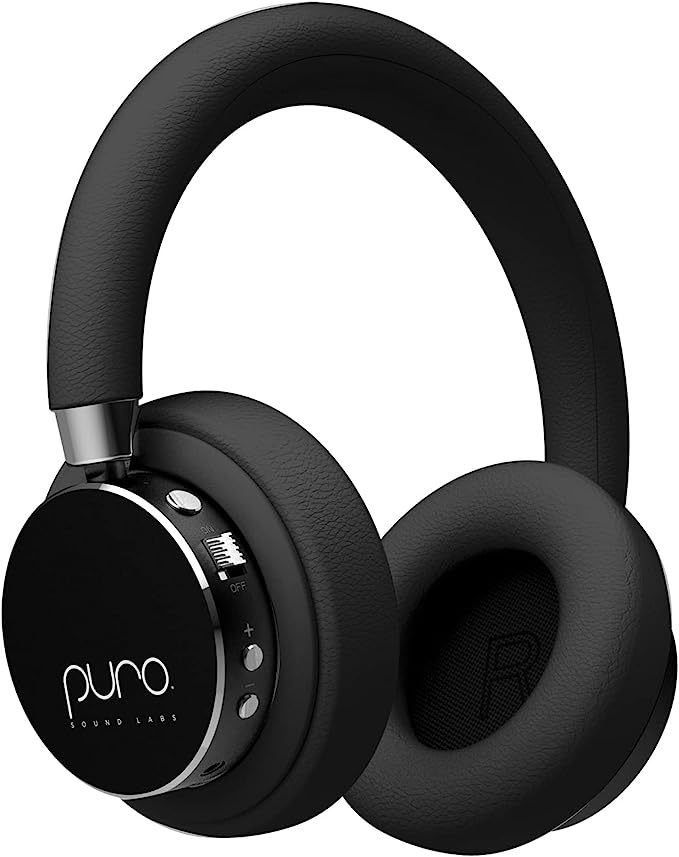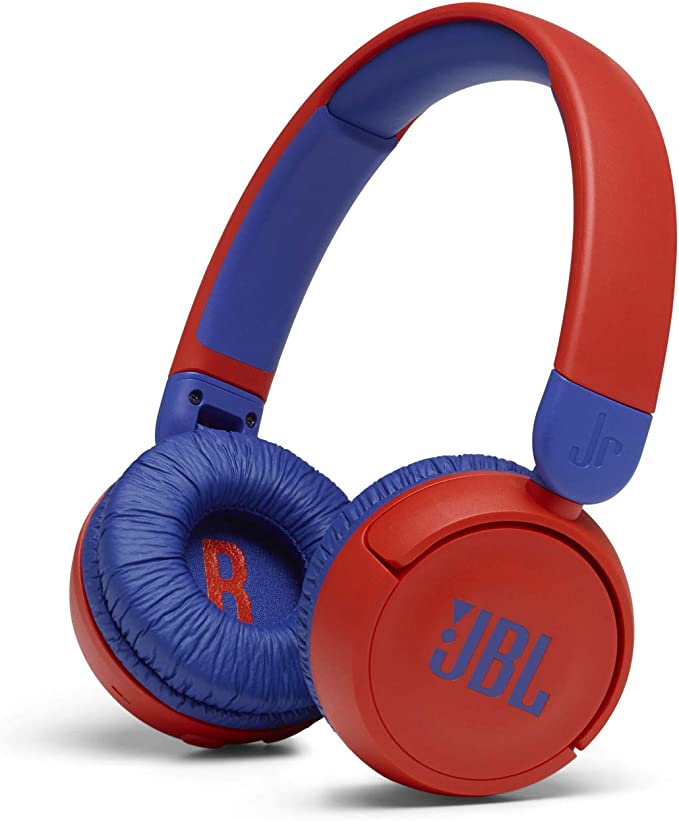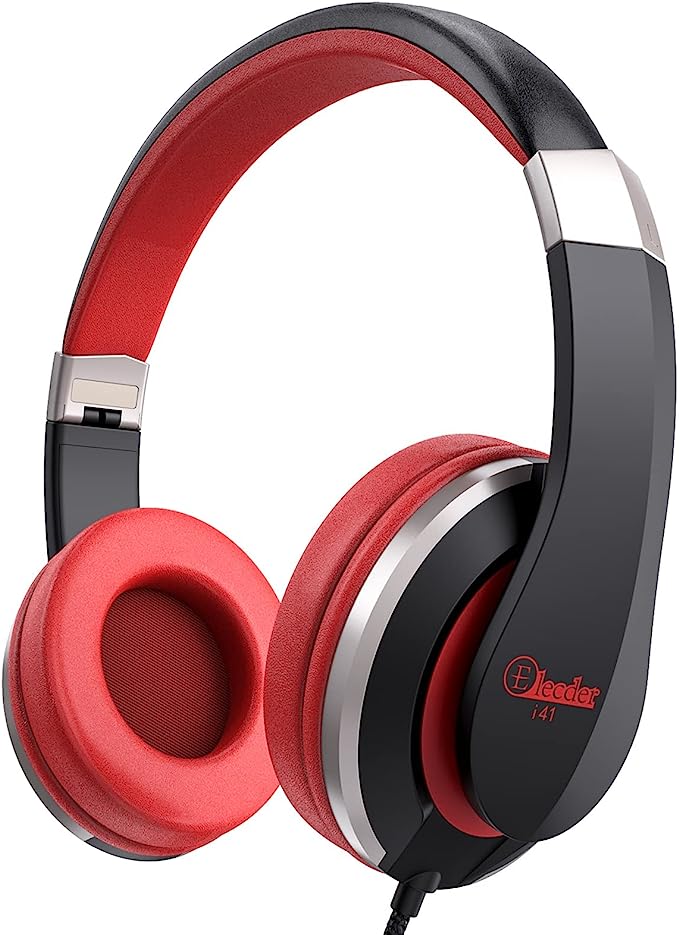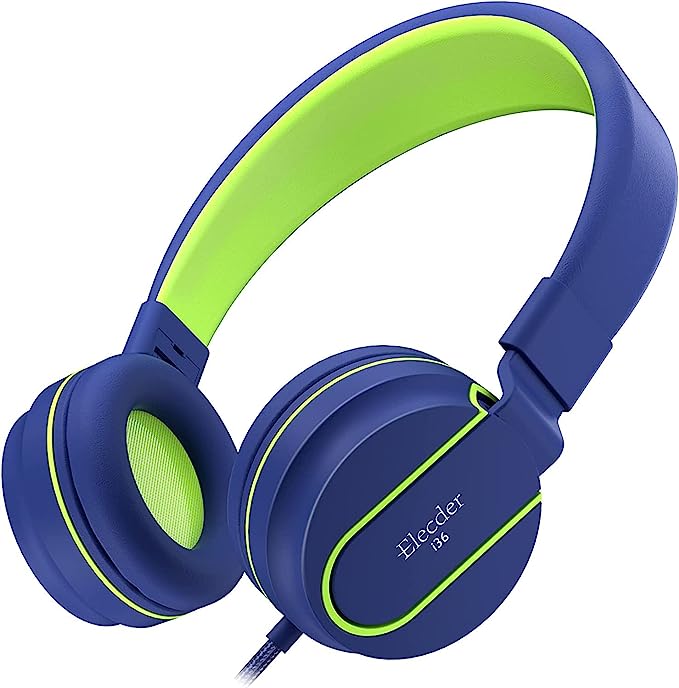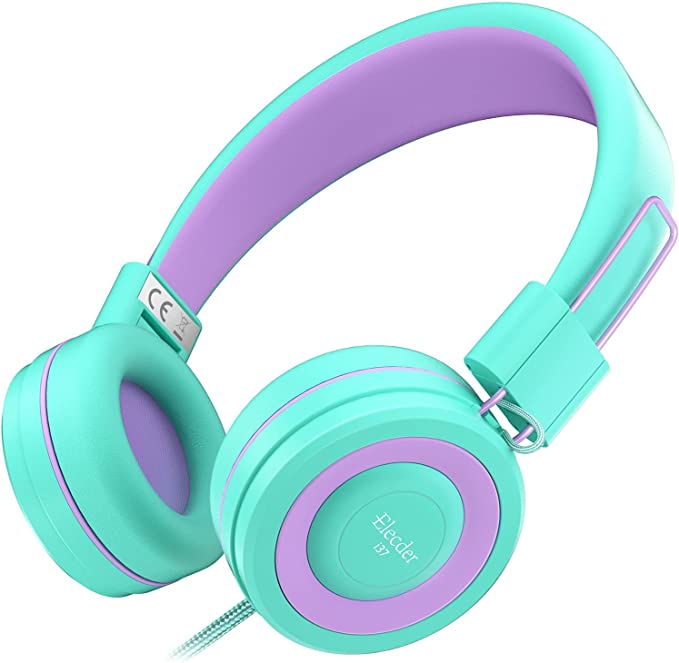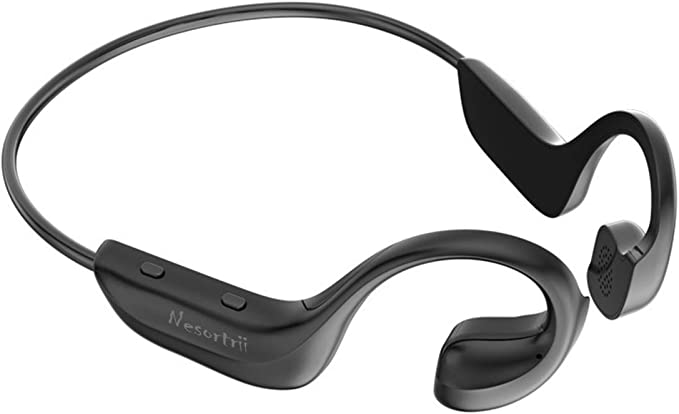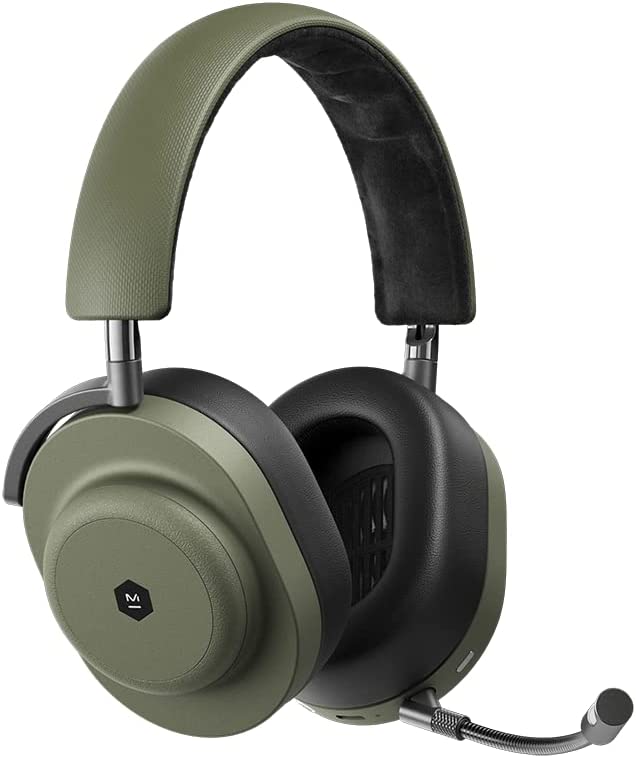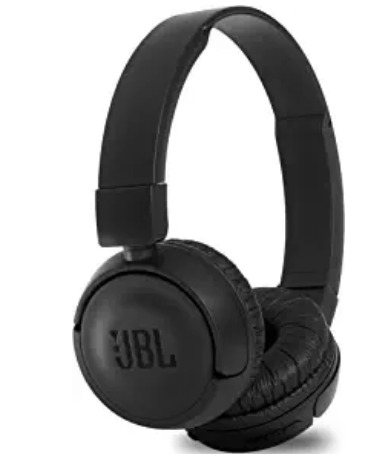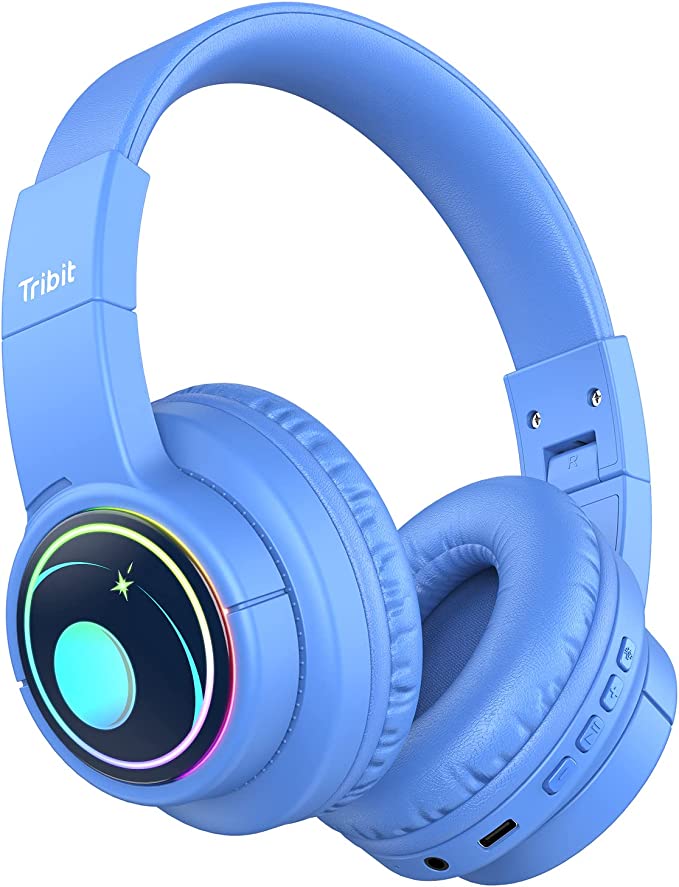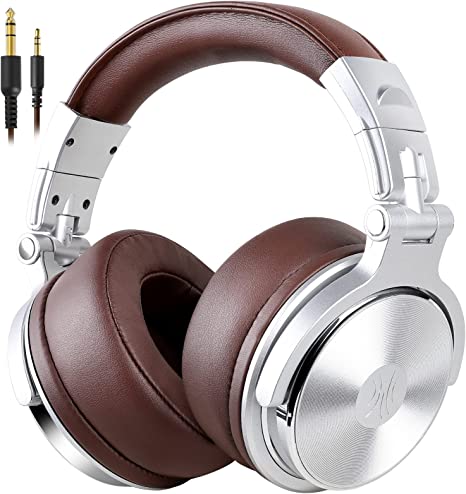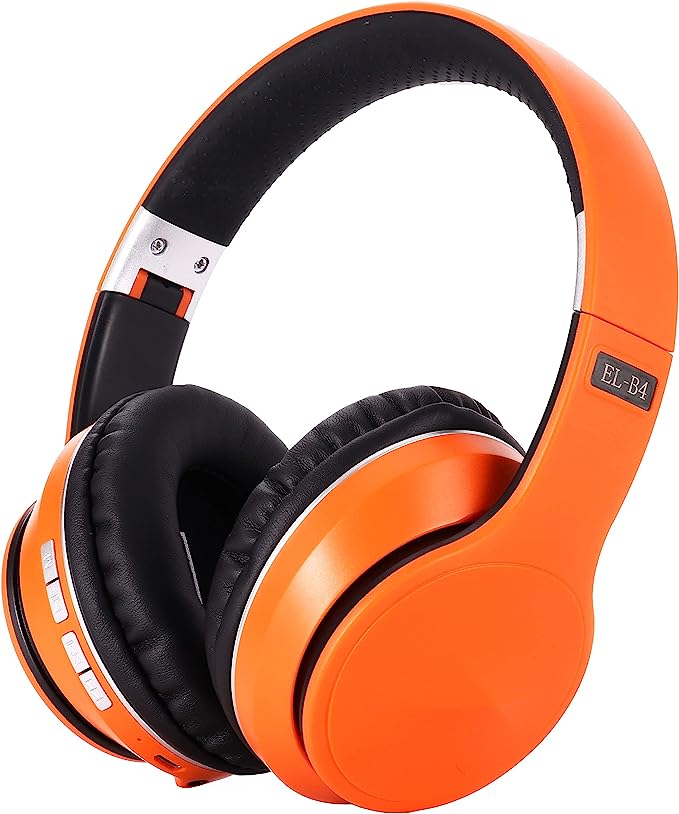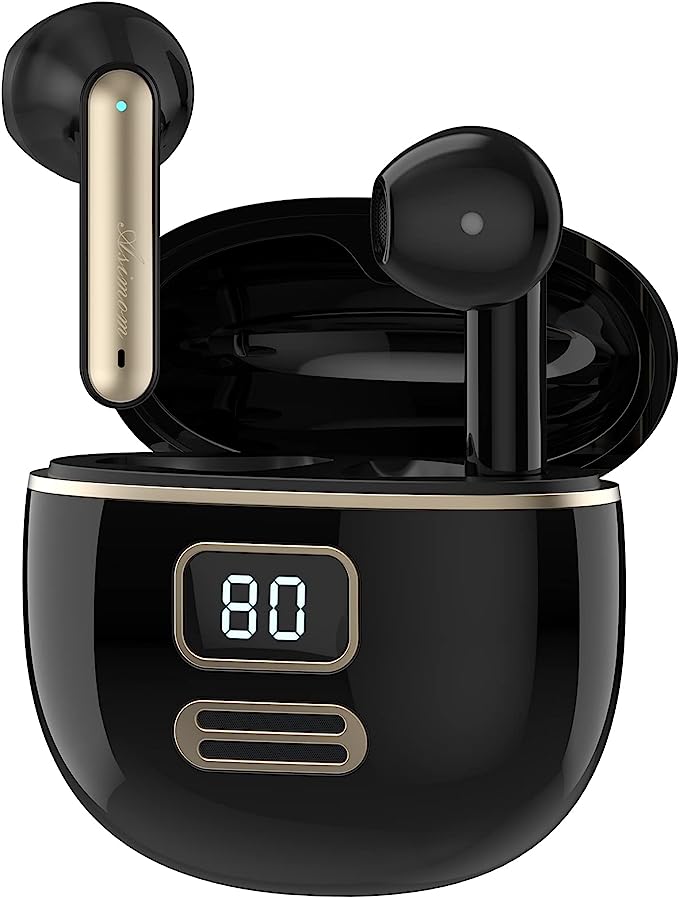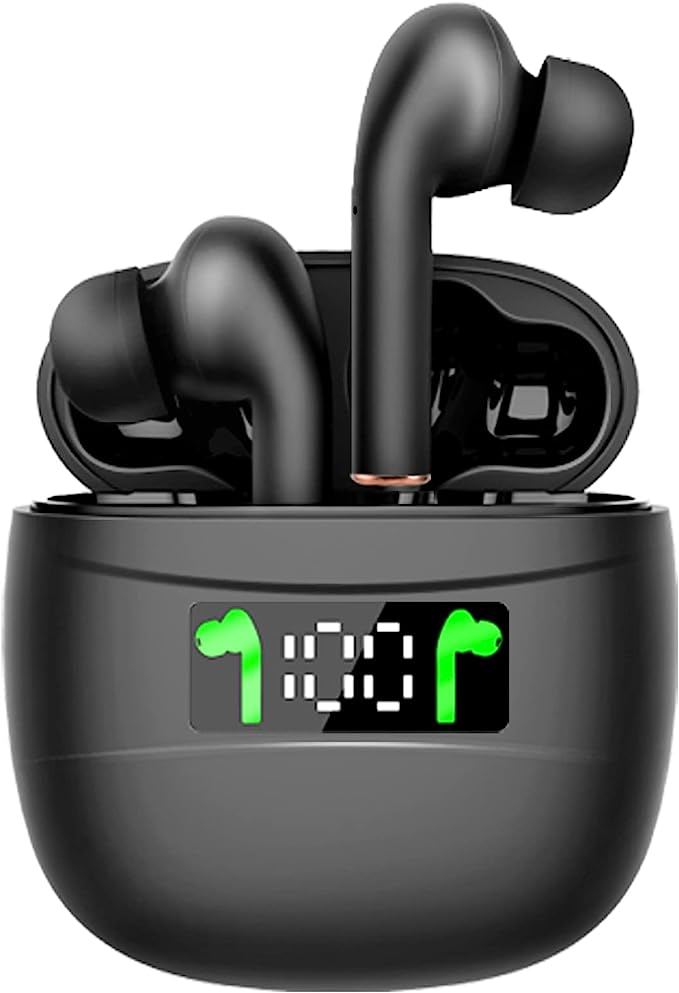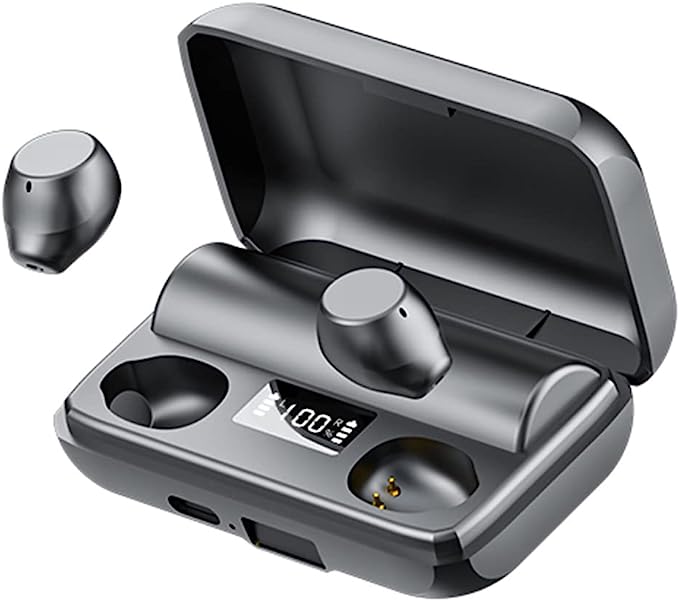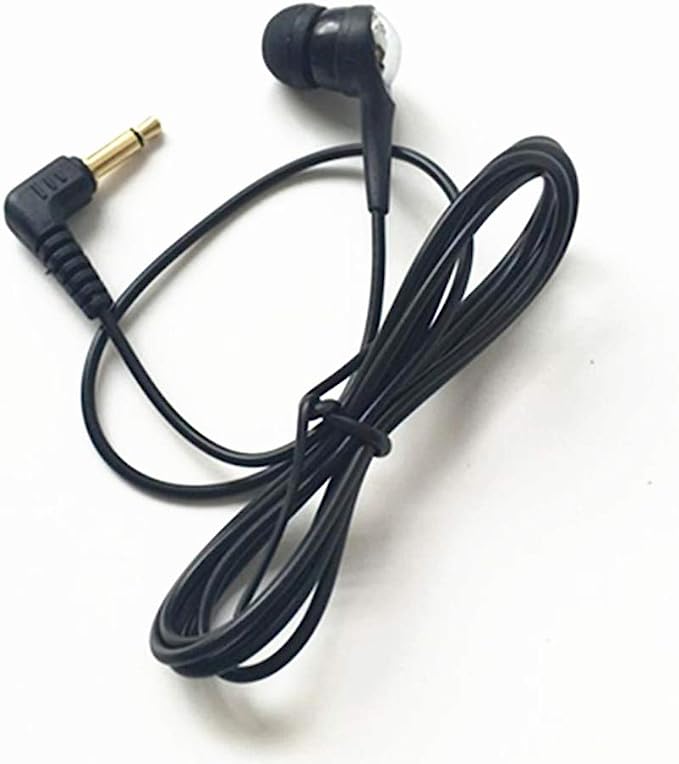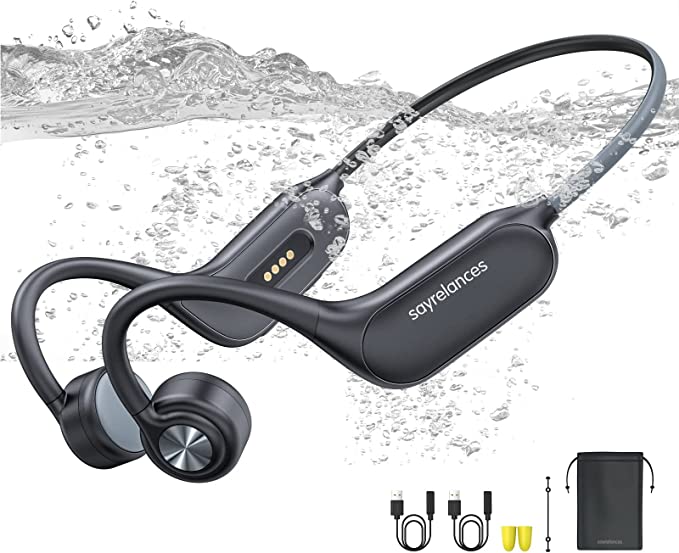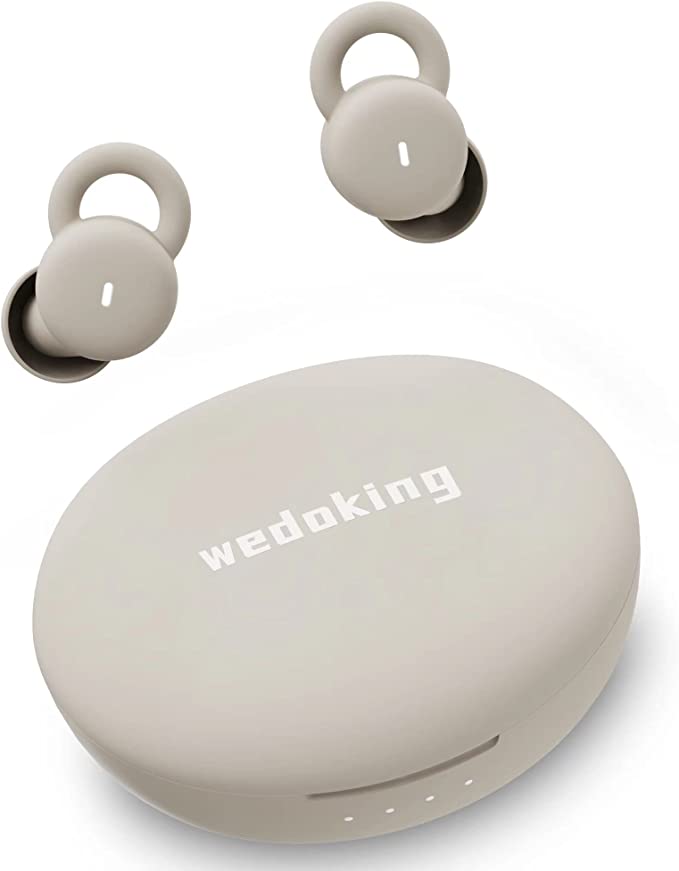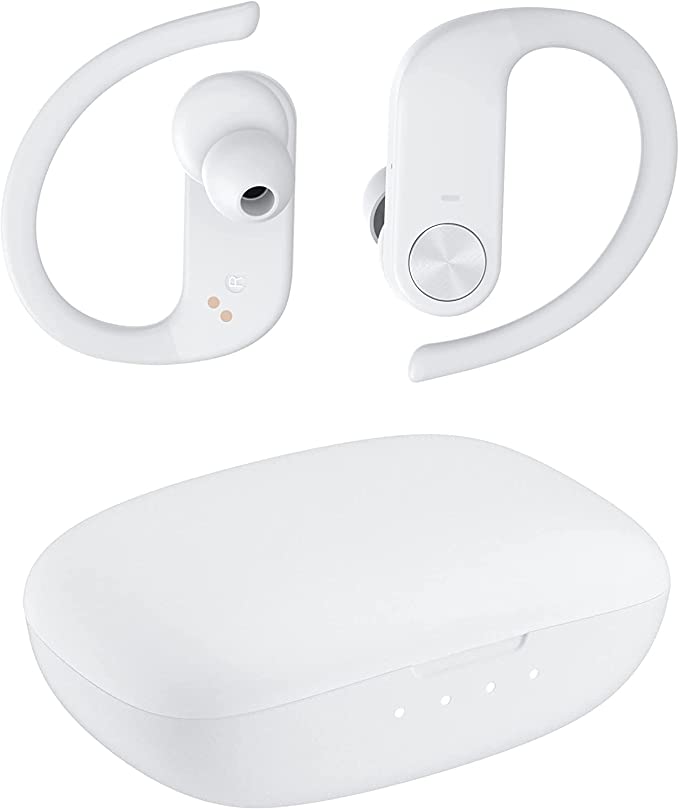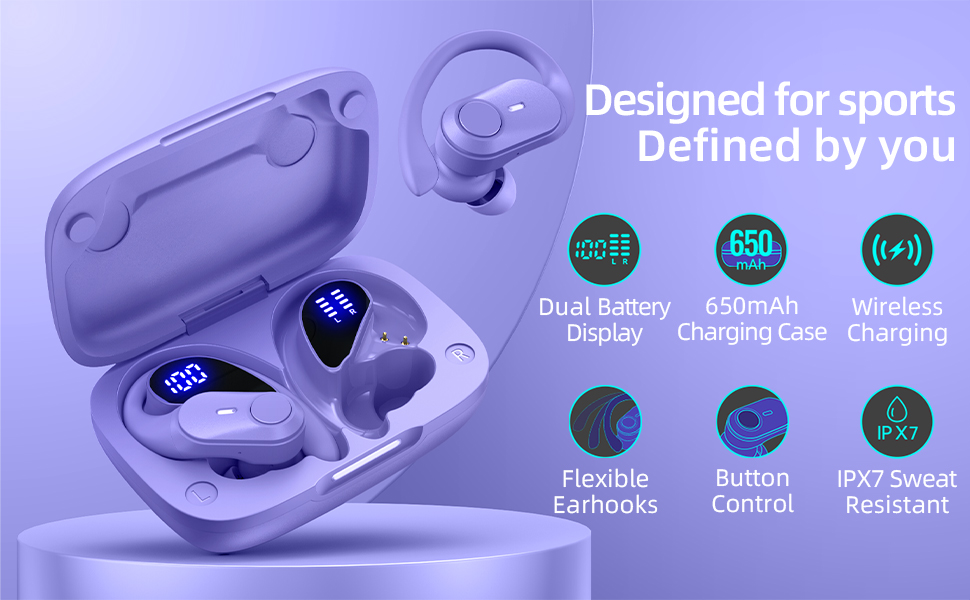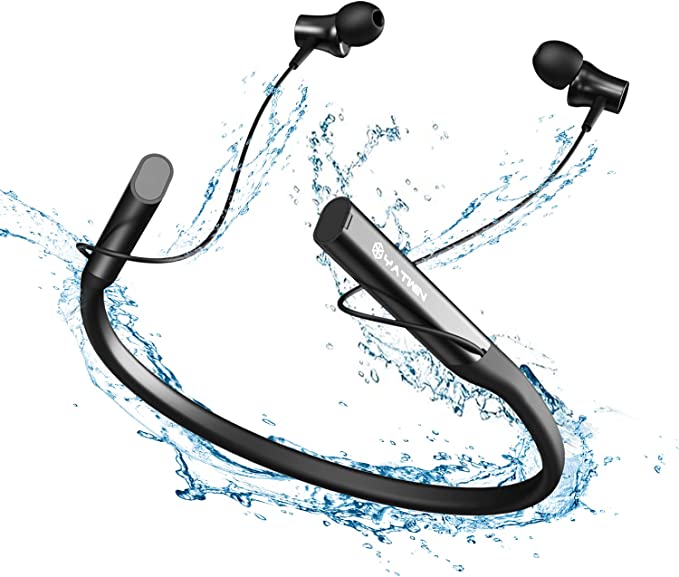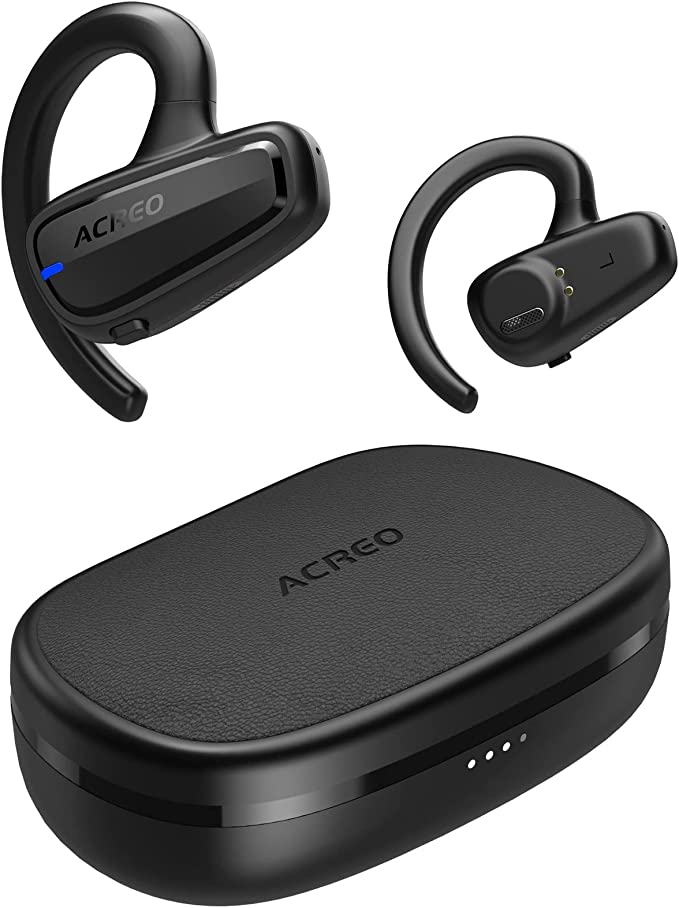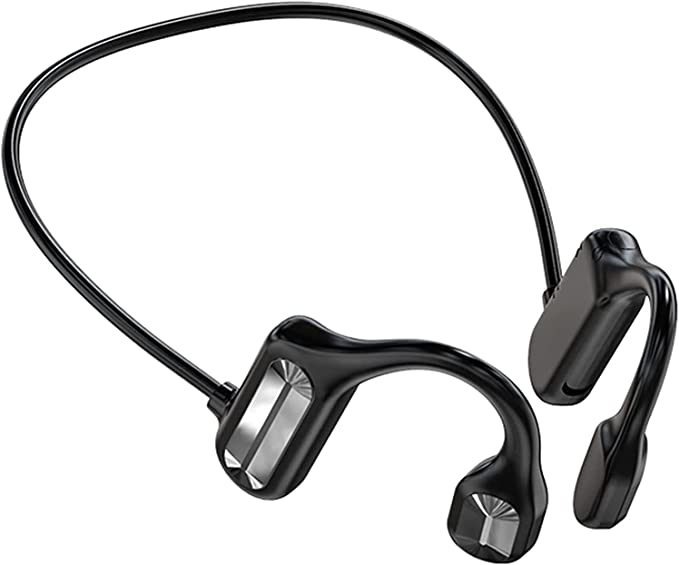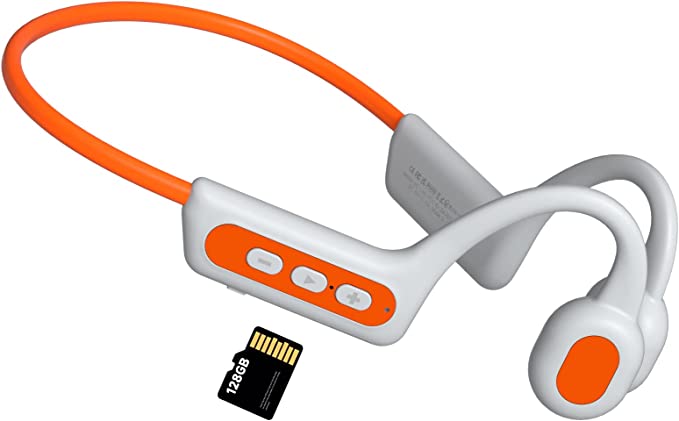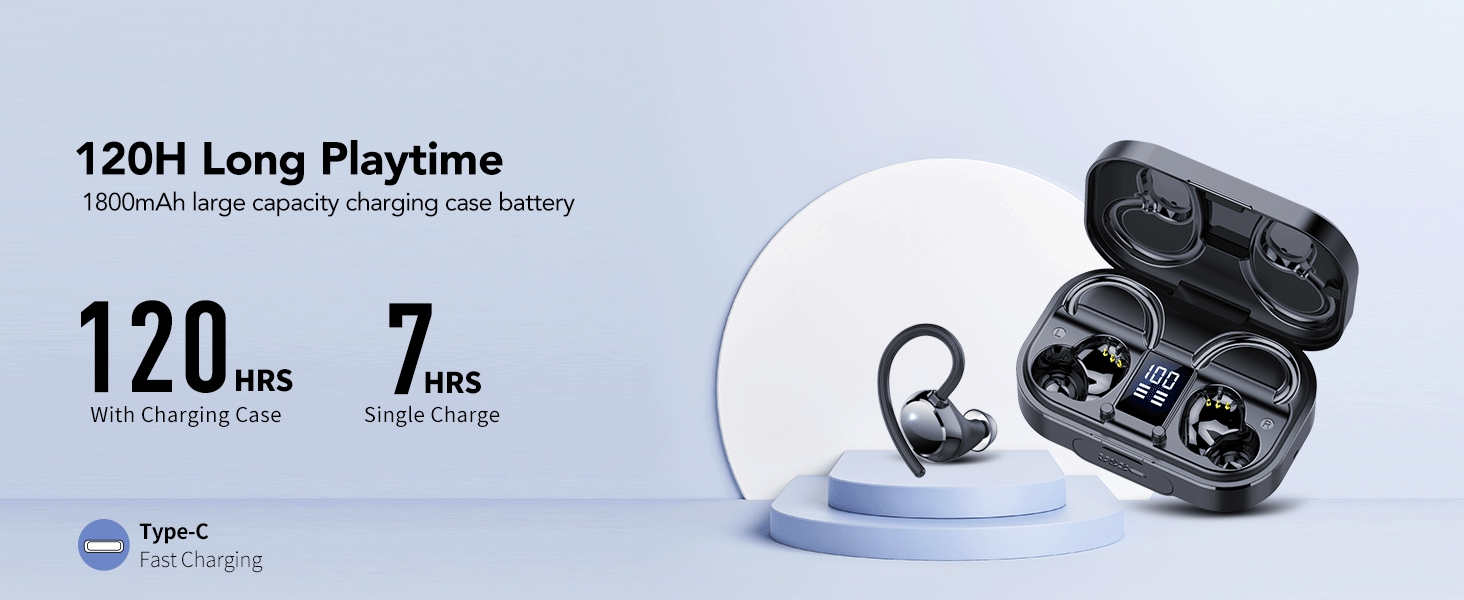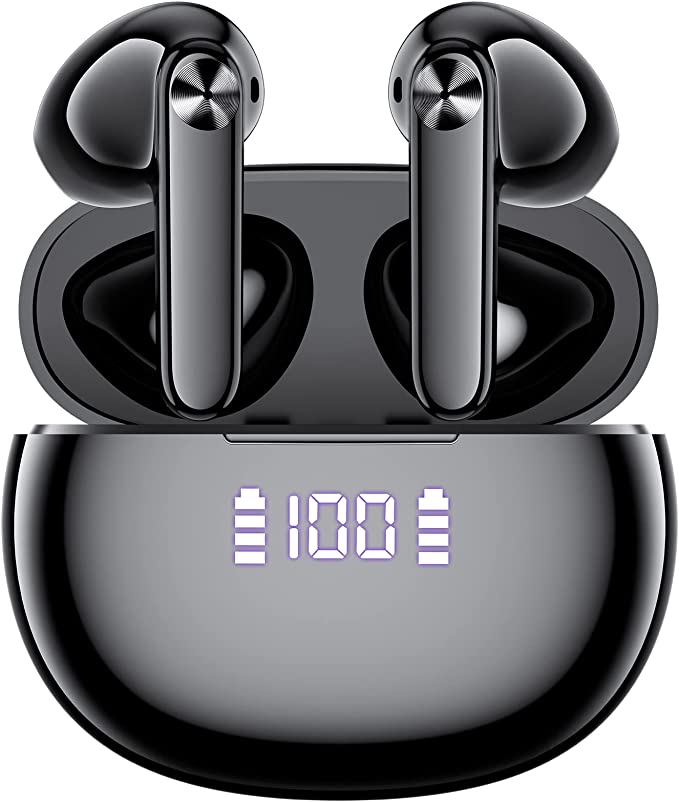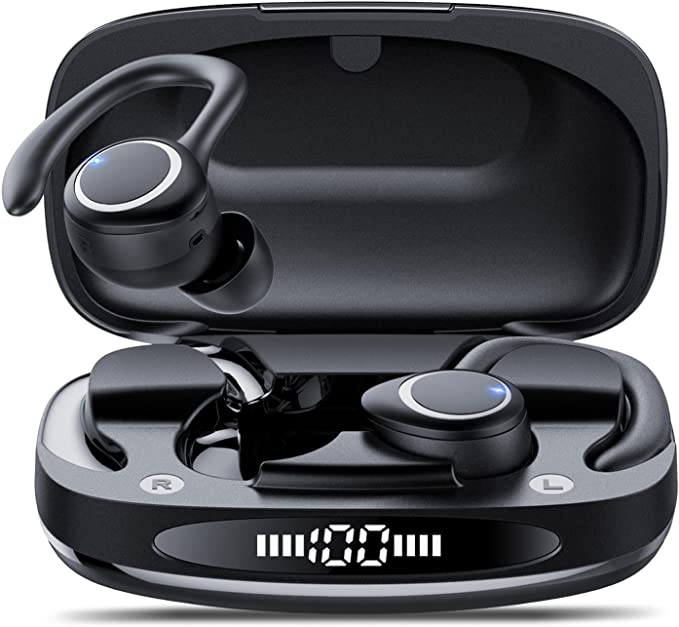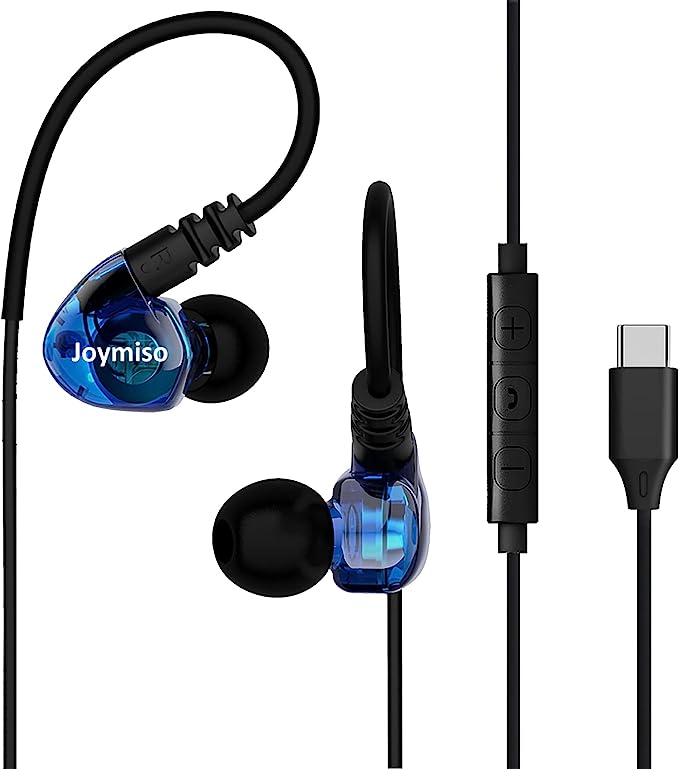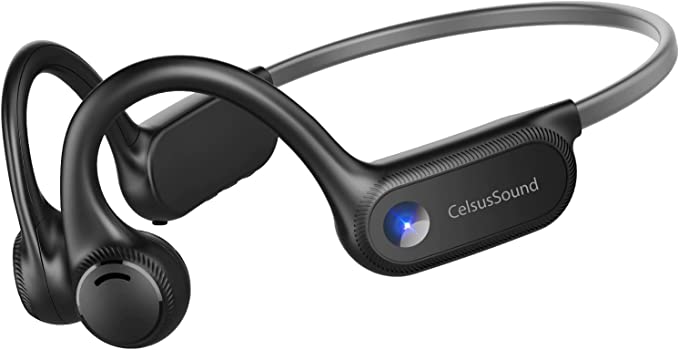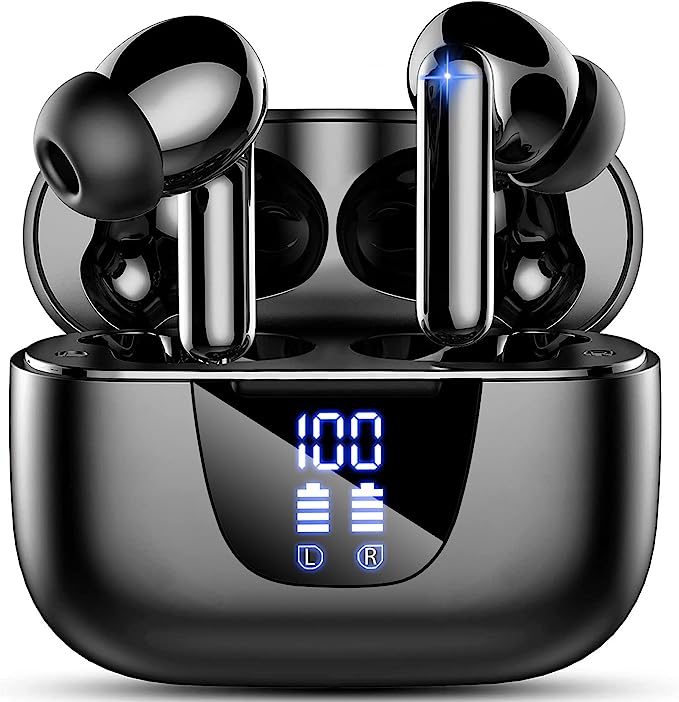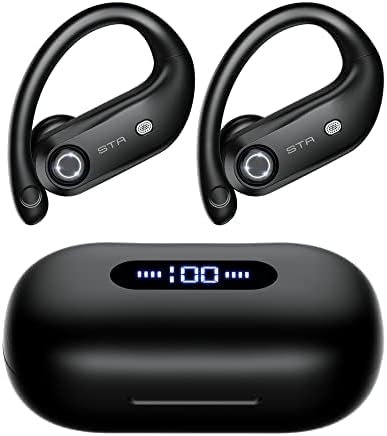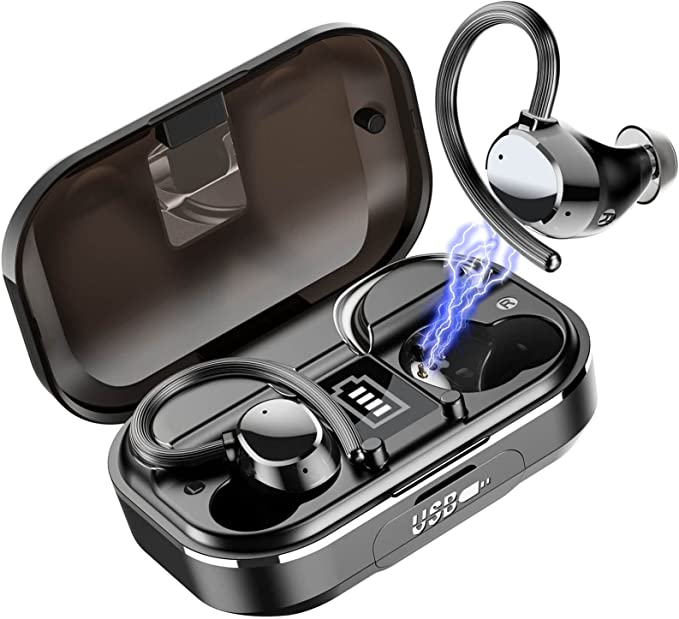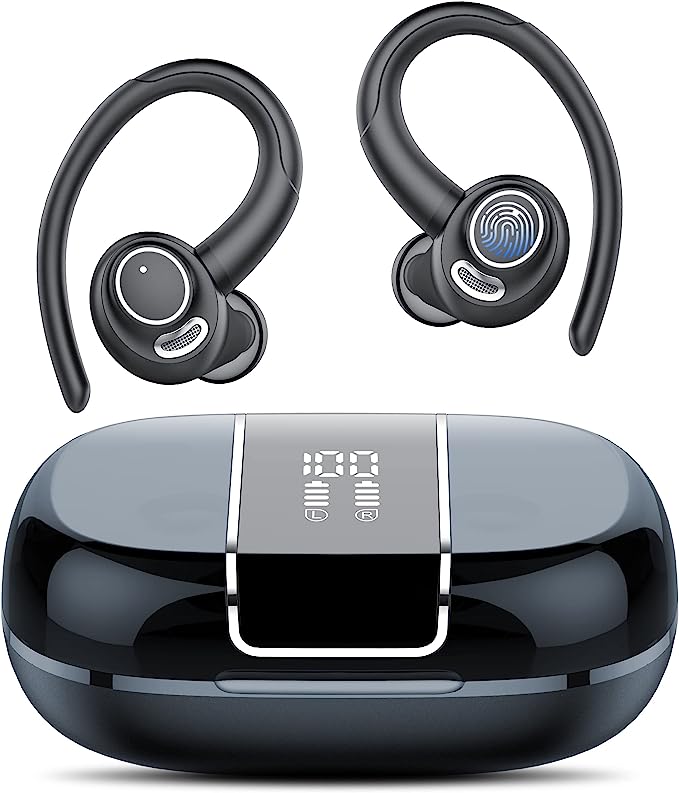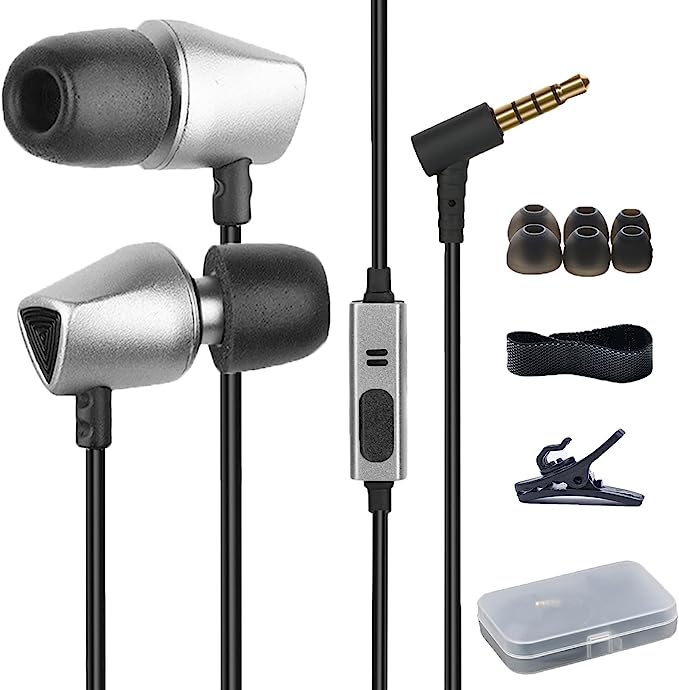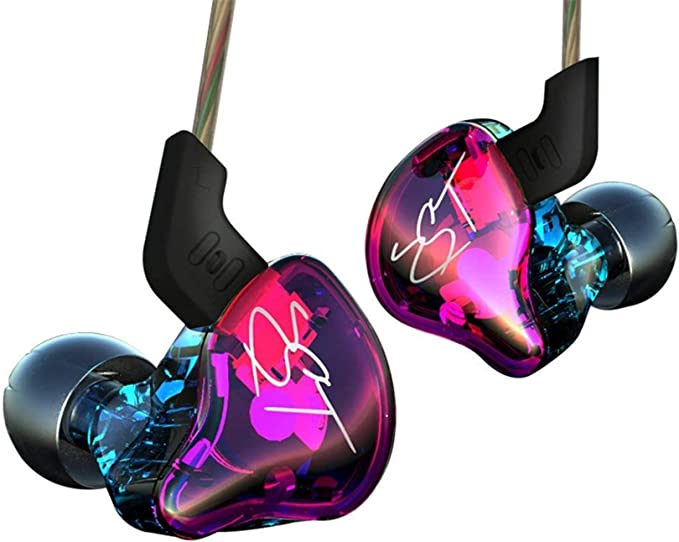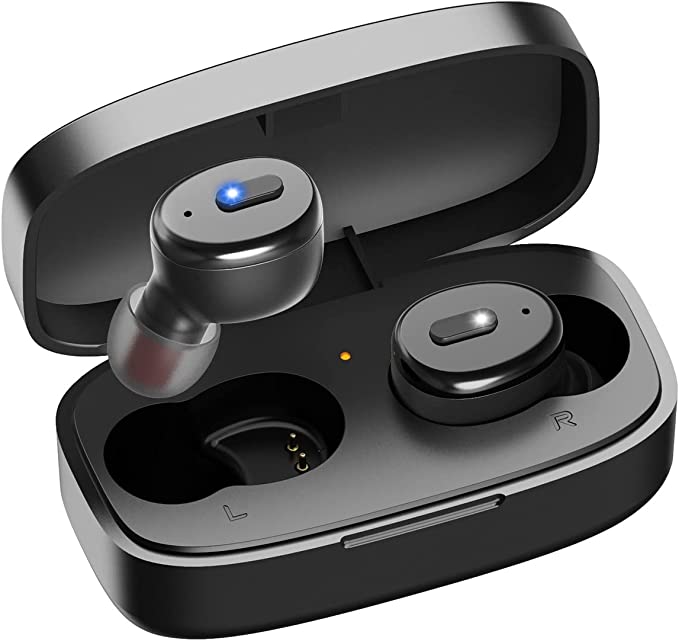LORELEI E7 Kids On-Ear Wired Headphones: The Science of Safer Sound and All-Day Comfort for Young Learners
Update on May 15, 2025, 4:09 a.m.
In the vibrant, ever-evolving landscape of modern childhood, sound is a constant companion. From the virtual classrooms that have become an extension of traditional schooling to the captivating worlds of audiobooks, music, and interactive games, headphones are often the gateway. For many North American families, these devices are indispensable tools for education, entertainment, and connection. Yet, as our children plug in more frequently and for longer periods, a crucial question emerges for every thoughtful parent: how do we navigate this world of personal audio technology safely, ensuring we protect their precious, developing sense of hearing?
This isn’t about shying away from technology, but about embracing it wisely. Products like the LORELEI E7 Kids On-Ear Wired Headphones serve as an excellent case study for understanding the confluence of thoughtful design, practical features, and the underlying science that can make a significant difference. This guide aims to delve into these aspects, moving beyond mere features to explore the scientific principles that champion your child’s auditory well-being and enhance their listening experiences. Our journey will illuminate how specific design choices can transform a simple pair of headphones into a tool that supports learning, fosters joy, and, most importantly, safeguards those delicate ears.

The Unseen Shield: Decoding Volume Limits for Hearing Preservation
One of the most critical, yet often invisible, features in headphones designed for children is volume limiting. To understand its importance, let’s first talk about sound itself. Sound energy is measured in decibels (dB). A gentle whisper might hover around 30dB, a normal conversation around 60dB, while a bustling school cafeteria could easily reach 80-85dB. It’s not just the loudness, but also the duration of exposure that matters. Prolonged or repeated exposure to sounds typically above 85dB can begin to damage the microscopic hair cells within the inner ear’s cochlea – the very cells responsible for converting sound vibrations into electrical signals our brain interprets as sound. Once damaged, these hair cells do not regenerate, leading to potential Noise-Induced Hearing Loss (NIHL).
Children’s auditory systems are particularly vulnerable. Their ear canals are smaller, which can slightly amplify sound pressure, and their listening habits are still forming. This is where the design of headphones like the LORELEI E7, with its 85/94dB Safe Volume Control, becomes paramount. The product information highlights a dual-mode system:
For everyday use, an 85dB threshold is often recommended by hearing health organizations worldwide as a general guideline for safer listening over extended periods – think of it as a “conversational cap” for sound. It allows children to engage with their audio content clearly, without venturing into potentially harmful volume territories during, for example, an hour-long online lesson or while enjoying their favorite playlist during quiet playtime at home. This isn’t about silencing their world, but about ensuring the richness of sound doesn’t come at a cost to their long-term hearing health.
Then there’s the 94dB option. Life isn’t always quiet. On a school bus, in a car, or on an airplane, ambient noise can make lower volumes difficult to discern. In such situations, the LORELEI E7 is described as offering a mode that can reach 94dB. This “clear-amidst-the-clatter” setting is intended to ensure intelligibility in noisier environments, providing a more controlled alternative than a child simply cranking up unrestricted headphones to potentially much higher levels. It’s a pragmatic acknowledgement that context matters, while still striving to keep sound exposure within more consciously managed limits. The science of hearing protection emphasizes that any reduction in excessively loud sound exposure is beneficial.

A Gentle Embrace: The Ergonomics of All-Day Listening Comfort
Beyond the crucial aspect of auditory safety, the physical comfort of headphones is a deciding factor in whether a child will actually use them, especially for the durations required by online schooling or long journeys. If a headset pinches, presses too hard, or feels awkward, it quickly becomes a source of frustration rather than a helpful tool. The LORELEI E7 headphones, according to their description, address this through several ergonomic considerations: ultra-soft ear cushions, a padded headband, and an adjustable slider.
Let’s consider the science of this “good fit.” The goal of ergonomic design in headphones is to distribute pressure evenly and minimize contact stress. Think of those ultra-soft ear cushions – they act much like custom-fit pillows for the ears. The material choice, often a plush synthetic leather or fabric encasing memory foam, is selected not just for initial softness but also for its ability to conform to the unique shape of a child’s ear, creating a comfortable seal. This seal can also passively help in reducing some external noise, potentially allowing for slightly lower listening volumes.
The padded headband works on a similar principle, cushioning the contact point on the crown of the head to prevent a common complaint of soreness after prolonged wear. Crucially, the adjustable slider mechanism allows the headphones to grow with your child or accommodate different head sizes and shapes within a family. This isn’t just about comfort; a well-fitting headphone stays in place, reducing the need for constant readjustment, which can be distracting during a learning activity. When a child is comfortable, they are more likely to remain focused, whether they are absorbed in an interactive lesson or captivated by an audiobook adventure on a long car ride. This careful attention to the physical interface between technology and child underscores a design philosophy that prioritizes the user’s holistic experience.

Sounding Out a Clearer World: The Mechanics of Audio Drivers and Microphones
While safety and comfort are foundational, the very purpose of headphones is to deliver sound. The quality of that sound can significantly impact a child’s engagement and comprehension. The LORELEI E7 headphones are listed as featuring High-definition 40mm drivers. But what does that actually mean for your child’s listening experience?
An audio driver is essentially a miniature loudspeaker housed within the earcup. It’s a marvel of engineering, typically consisting of a diaphragm (a thin membrane), a voice coil (a coil of wire attached to the diaphragm), and a magnet. When an electrical audio signal passes through the voice coil, it creates a fluctuating magnetic field that interacts with the permanent magnet, causing the diaphragm to vibrate rapidly. These vibrations create sound waves that travel to your child’s ears.
The “40mm” refers to the diameter of the diaphragm. Generally, a larger diaphragm has the potential to move more air, which can be particularly beneficial for reproducing lower frequencies, or bass, with more fullness and depth. The product description for the LORELEI E7 mentions these drivers deliver “exceptionally clear sound with full dynamic range and rich bass and crisp mids.” For a child, this translates to a more immersive and engaging audio experience. Whether it’s the nuanced tones of a musical instrument, the clear enunciation of a language lesson, or the subtle soundscapes of a story, good audio fidelity can make a world of difference. Distorted or tinny sound can be fatiguing and can detract from the learning process or the joy of entertainment.
Furthermore, in an increasingly interactive digital world, being heard is just as important as hearing. The inclusion of an in-line microphone is a practical necessity. This feature, as described, transforms the headphones into a communication tool, perfect for participating in online classes, collaborating on projects with classmates, or simply chatting with family and friends. Clear voice capture, enabled by a well-placed microphone, ensures that a child’s questions are understood by their teacher and their contributions are valued in group discussions.

Designed for a Child’s Life: Portability, Durability, and Seamless Connection
Children are dynamic; their tools need to keep pace with their active lives. The LORELEI E7 headphones incorporate several features that speak to this need for practicality and resilience. The product information highlights a foldable and rotatable design. This isn’t just a neat trick; it’s an exercise in smart spatial engineering. Foldable headphones, like a neat little Transformer for your backpack, can be made significantly more compact, making them easier to tuck into a crowded school bag or a suitcase for travel. The earcups are also described as having a 90° swivel, allowing them to lie flat – a convenient feature when the headphones are briefly taken off and worn around the neck, or for flatter storage. The approximate folded dimensions are given as 6.85 x 6.06 x 2.17 inches, illustrating their compact nature.
While no product designed for children can be entirely impervious to the occasional drop or rough handling, features that enhance portability can also contribute to longevity by protecting the headphones when not in use. The very nature of a “kid’s product” implies an understanding that it needs to withstand a bit more than adult tech.
Then there’s the lifeline of any wired device: the cord. The LORELEI E7 is specified to have a 150cm (or approximately 4.9 feet) 3.5mm tangle-free cord. A “tangle-free” design, often achieved through the cord’s material or its flat profile, is a small but significant detail that can save a lot of daily frustration for both parents and children. The 3.5mm audio jack is a nearly universal standard, ensuring wide compatibility with a vast array of devices your child might encounter – from Chromebooks and iPads in the classroom to laptops at home, tablets on the go, smartphones (older models or via an adapter), and even car DVD players for those long road trips. This plug-and-play simplicity is a hallmark of wired connections: no batteries to charge in the headphones themselves, no pairing issues, just a reliable, consistent audio signal every time they’re plugged in.

Empowering Informed Choices for Our Children’s Auditory Future
Navigating the choices in children’s technology can sometimes feel overwhelming. However, by understanding the science and design principles that underpin products like the LORELEI E7 Kids On-Ear Wired Headphones, parents can feel more confident and empowered. These headphones serve as a tangible example of how features like intelligent volume limiting, ergonomic comfort, clear audio reproduction, and practical, child-friendly design can come together to create a tool that enriches a child’s life without compromising their well-being.

Ultimately, fostering good “auditory hygiene” – being mindful of loudness, duration, and the quality of sound our children are exposed to – is a gift that lasts a lifetime. By choosing technology thoughtfully, we are not just providing our children with tools for learning and entertainment; we are also teaching them to engage with their world responsibly and joyfully, with their hearing health intact for all the wonderful sounds a lifetime has to offer.
